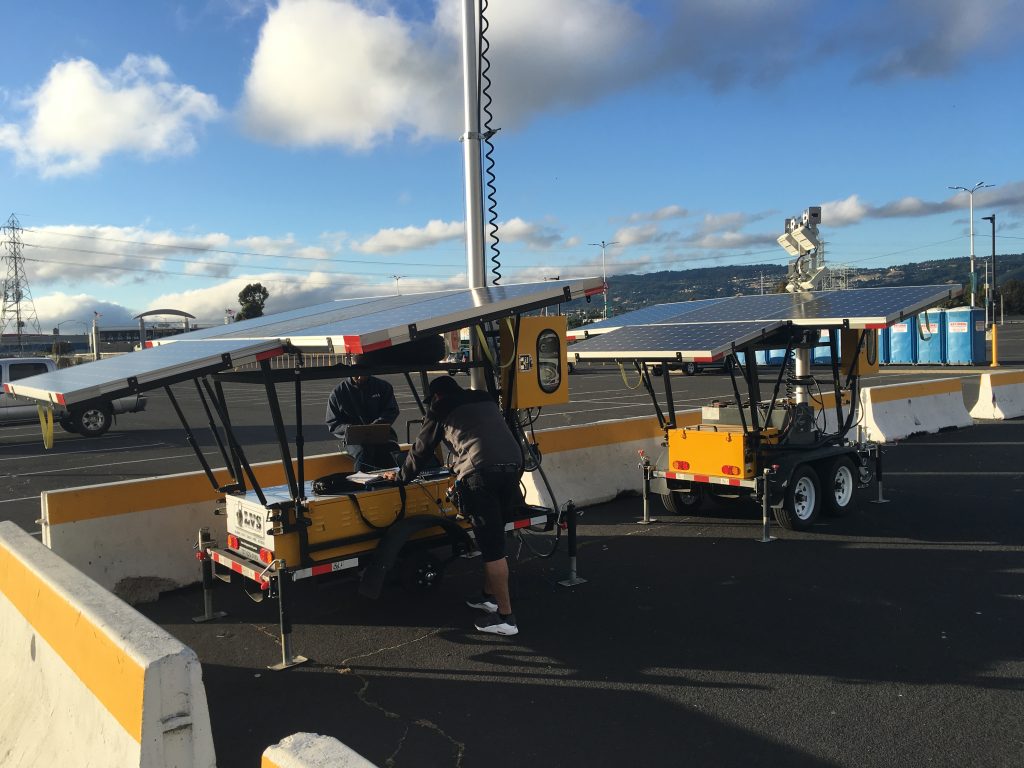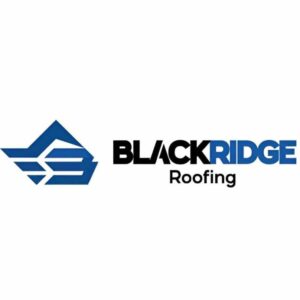In the ever-evolving world of security technology, one innovation is literally shining above the rest—Solar Camera Trailer. Whether it’s for a remote construction site, a large public event, or critical infrastructure monitoring, these self-powered surveillance units are redefining how, where, and when we keep watch.
Combining clean solar energy with advanced surveillance hardware, solar camera trailers are not just a temporary fix—they are a smart, sustainable alternative to fixed security systems. In this blog, we dive deep into how these systems work, who uses them, and why they’re the future of portable surveillance.
What is a Solar Camera Trailer?
At its core, a solar camera trailer is a mobile, self-contained surveillance system. It’s typically composed of:
-
High-definition or 4K security cameras (often PTZ or thermal capable)
-
Solar panels for power generation
-
Battery banks for energy storage
-
Telescoping masts that elevate the cameras for broader visibility
-
4G/5G, Wi-Fi, or satellite connectivity for remote monitoring
-
Weatherproof enclosures to protect the electronics
Built on a towable trailer platform, these units can be quickly deployed in almost any environment, functioning independently without external power or infrastructure.
The Growing Demand for Mobile Surveillance
In the past, traditional security systems required stable infrastructure—electricity, wired internet, and fixed installations. But the world has changed. From pop-up events to construction projects in remote areas, today’s surveillance needs are far more dynamic.
Key Drivers of Demand:
-
Flexibility – Unlike fixed poles or wired cameras, solar trailers can be moved as security needs shift.
-
Zero Grid Dependency – Solar panels provide all the energy, eliminating the need for electrical hookups.
-
Cost Efficiency – Avoiding trenching, wiring, and permanent setup slashes project costs.
-
Environmental Benefits – Solar trailers run on renewable energy, aligning with eco-conscious business goals.
-
Rapid Deployment – Units can be fully operational within hours of arrival on-site.
How Solar Camera Trailers Work
1. Energy Independence Through Solar Power
Each trailer is equipped with multiple solar panels that harvest sunlight during the day. This energy is stored in deep-cycle batteries, allowing the system to run continuously—even at night or during cloudy days.
Some high-end models also include hybrid systems, combining solar energy with backup diesel or lithium generators for extended autonomy.
2. Surveillance Technology
Depending on the configuration, trailers may include:
-
PTZ Cameras (Pan-Tilt-Zoom): For wide-area scanning and zoom-in capabilities.
-
Thermal Cameras: Ideal for night-time or low-visibility conditions.
-
Motion Detection Sensors: Trigger alerts when movement is detected.
-
AI Video Analytics: Features like license plate recognition, object tracking, and behavioral analysis.
3. Remote Monitoring and Control
Through cloud-based dashboards or mobile apps, users can:
-
View live footage
-
Control camera angles
-
Set custom alert zones
-
Receive real-time notifications
-
Download recordings
This remote accessibility makes solar camera trailers especially valuable for organizations with multiple or rotating job sites.
Where Are Solar Camera Trailers Used?
The versatility of solar camera trailers makes them applicable across a wide range of industries and scenarios.
1. Construction Sites
Security at construction sites is crucial due to high-value equipment, frequent unauthorized entry, and worker safety. A solar camera trailer:
-
Acts as a visible deterrent
-
Monitors work progress through time-lapse
-
Records footage for incident review
2. Public Events & Gatherings
Large outdoor gatherings—concerts, sports events, political rallies—require temporary but reliable security setups.
-
Quickly deploy trailers around perimeters or parking areas
-
Stream live feeds to control rooms
-
Use loudspeakers for crowd instructions (optional)
3. Critical Infrastructure
Power plants, telecom towers, and water treatment facilities often exist in isolated areas. Traditional monitoring systems may not be feasible here.
-
Solar camera trailers offer 24/7 surveillance
-
Some models include backup satellite connectivity
-
AI-enabled analytics can alert operators of tampering or intrusion
4. Agricultural and Rural Use
Farmers use solar trailers to monitor:
-
Crop fields
-
Fences and gates
-
Livestock enclosures
With motion-triggered alerts and remote access, farmers can check in anytime from anywhere.
5. Law Enforcement and Emergency Response
Police departments and emergency agencies use these trailers for:
-
Mobile command units
-
Traffic and crowd control
-
Monitoring protest zones or crime hotspots
Some trailers are even equipped with emergency lighting and audio warnings.
Top Features to Look for in a Solar Camera Trailer
When selecting a solar camera trailer, consider the following:
| Feature | Benefit |
|---|---|
| 4K/HD Camera | Crystal clear footage for evidence or monitoring |
| Telescoping Mast | Extended height = wider coverage |
| Thermal Imaging | Superior night vision and smoke/fog penetration |
| AI Integration | Automated alerts and advanced analytics |
| Weather Resistance | Reliable performance in rain, heat, or snow |
| Battery Autonomy | 3–7 days runtime without sun |
| Remote Access | Full control via mobile or desktop dashboard |
Benefits of Using Solar Camera Trailers
Let’s sum up the major benefits:
✅ Mobility
Quickly relocate based on evolving needs—no infrastructure changes required.
✅ Sustainability
Reduce carbon footprint and align with green initiatives using renewable solar energy.
✅ Cost Savings
No trenching, wiring, or costly security staff. Lower operational and maintenance costs.
✅ Scalability
Deploy one or a fleet of units across different sites, all managed from a single platform.
✅ High Visibility
A visible camera system acts as a powerful deterrent to theft and vandalism.
Future of Solar Camera Trailers
Technology is accelerating fast, and solar trailers are evolving to keep pace:
-
5G-Ready Systems for faster, more reliable video streaming
-
Drone Integration allowing for aerial patrols from the trailer base
-
Self-Repositioning Units using autonomous wheels or robotic arms
-
Edge AI Processing to reduce data transfer needs and improve analytics in real time
These innovations are set to turn solar camera trailers from passive monitoring devices into active, intelligent surveillance hubs.
Final Thoughts
As we enter an age that demands smarter, greener, and more flexible solutions, solar camera trailers rise as a clear front-runner in modern surveillance. Whether it’s for security, operational monitoring, or emergency management, these units combine the best of mobility, sustainability, and technology.
For businesses, governments, and organizations that need to watch over what matters—no matter where it is—solar camera trailers are not just a solution. They’re a revolution on wheels.
- How Solar Camera Trailer Redefining Security in a Mobile World?
- Discover how solar camera trailers are transforming mobile surveillance with eco-friendly, off-grid security solutions for construction sites, events, farms, and more.
- Solar Camera Trailer
Related posts:
 Discover the Best Fence Installation Services in Omaha with Huskins Services LLC
Discover the Best Fence Installation Services in Omaha with Huskins Services LLC
 Summer Solstice Party Ideas & Activities for a Magical Celebration | BizzCrave
Summer Solstice Party Ideas & Activities for a Magical Celebration | BizzCrave
 At the Time of Booking: What to Keep in Mind During a Medical Emergency
At the Time of Booking: What to Keep in Mind During a Medical Emergency
 Streamline Your Business with an Automated Employee Payroll System
Streamline Your Business with an Automated Employee Payroll System
 Comprehensive Seed Industry Analysis: Trends & Market Insights
Comprehensive Seed Industry Analysis: Trends & Market Insights
 What Should You Know Before Choosing a Book Printing Company?
What Should You Know Before Choosing a Book Printing Company?
 Discovering the Right Office Furniture for Comfort and Productivity
Discovering the Right Office Furniture for Comfort and Productivity
 Thermal Imaging: Revolutionizing Detection Through Infrared Technology
Thermal Imaging: Revolutionizing Detection Through Infrared Technology






